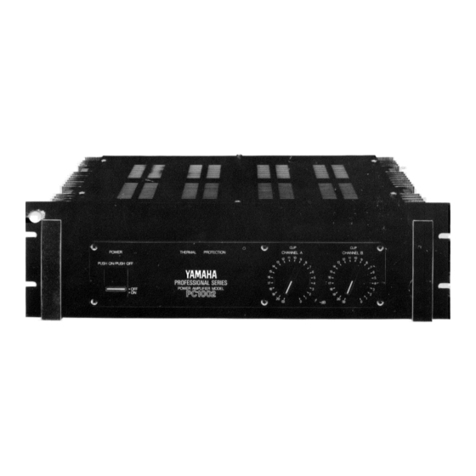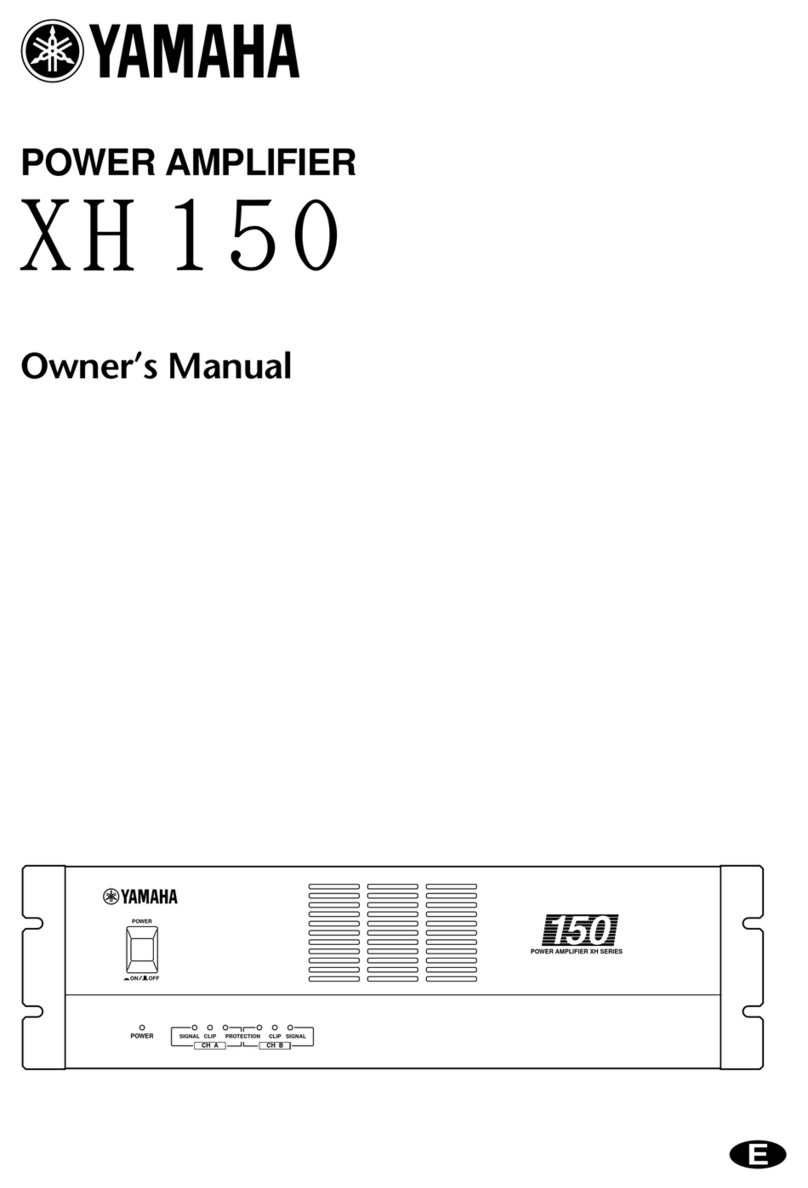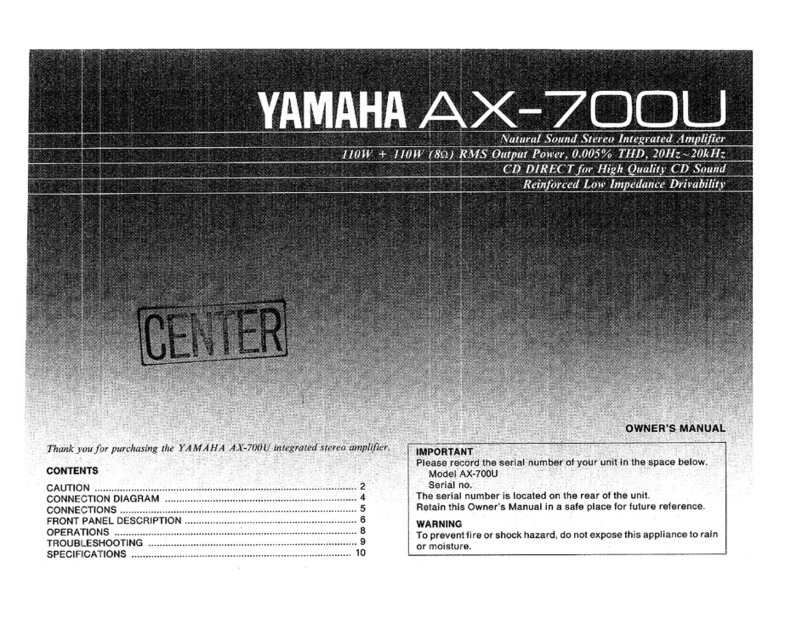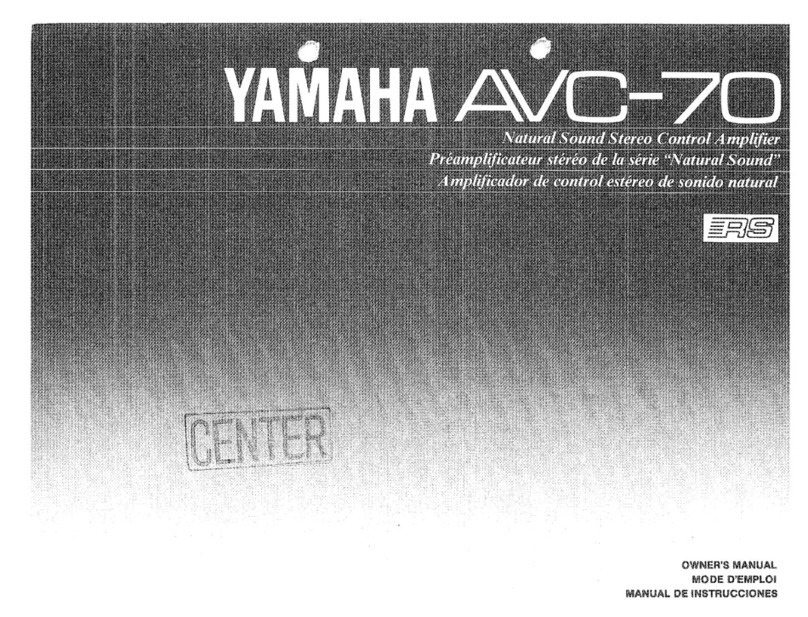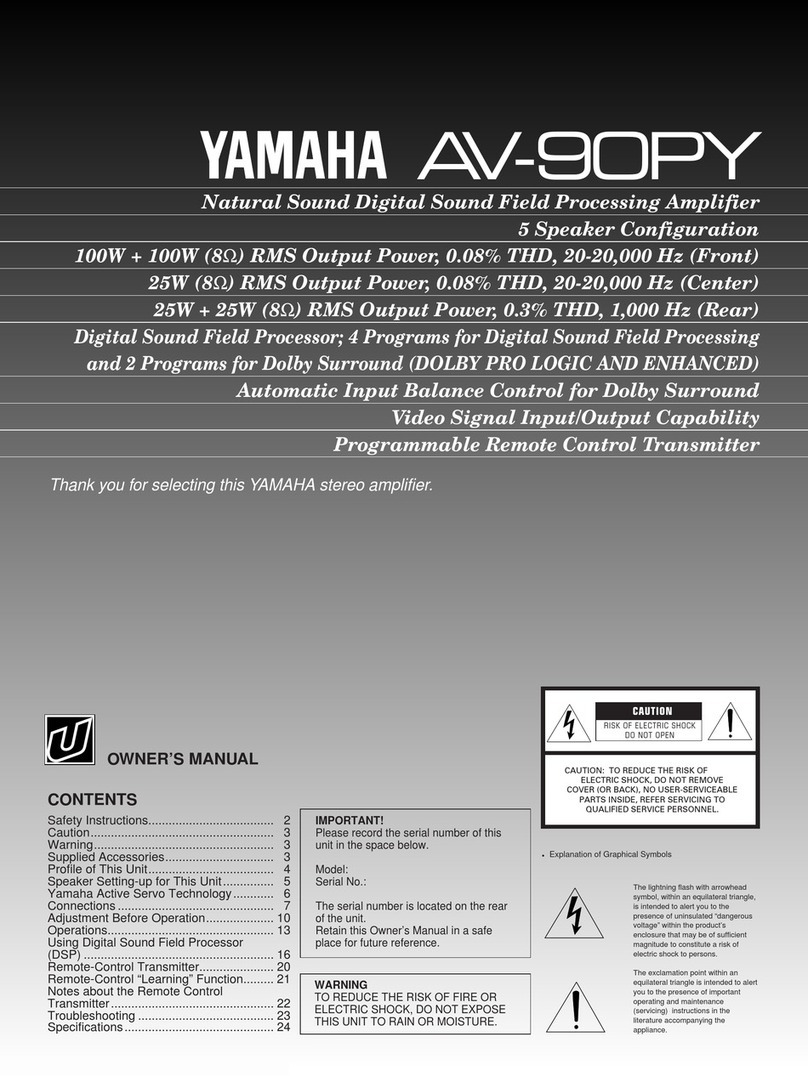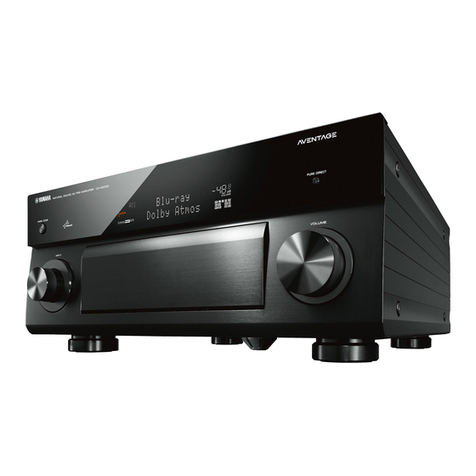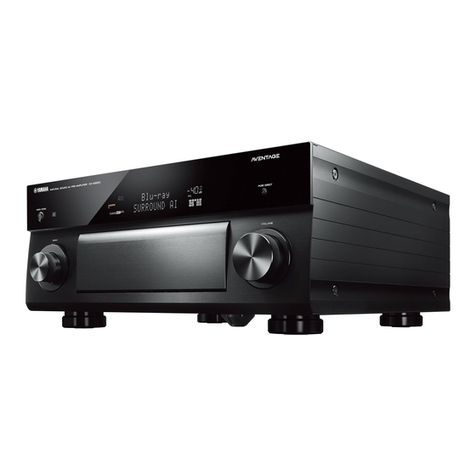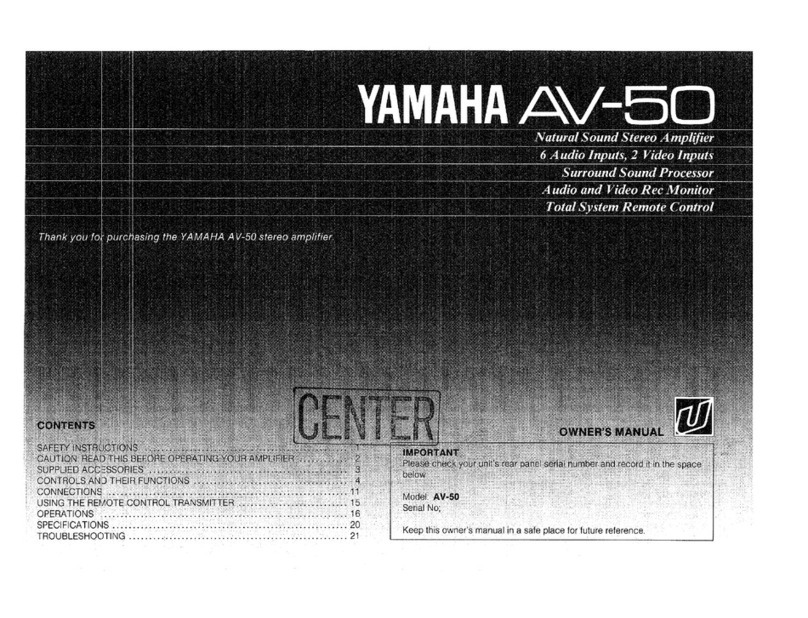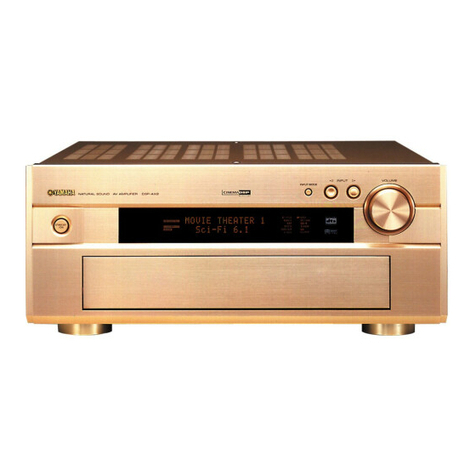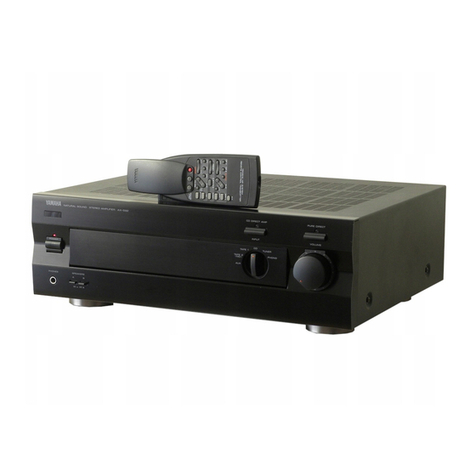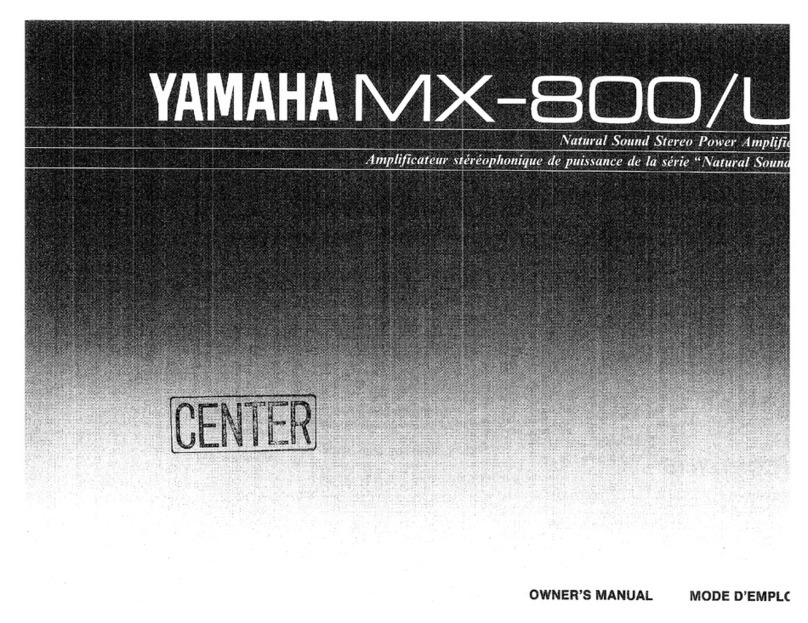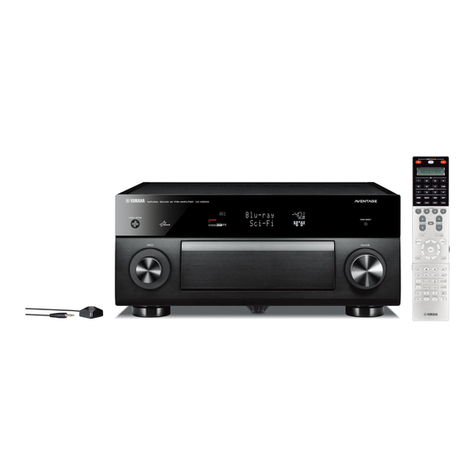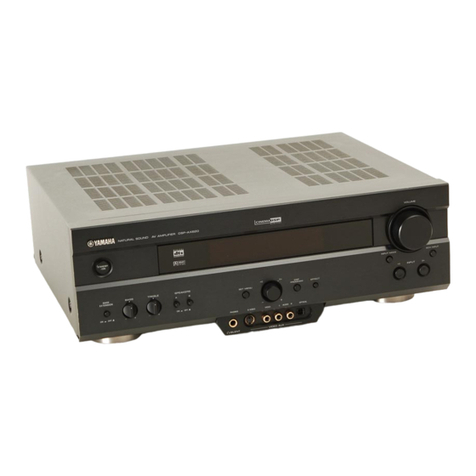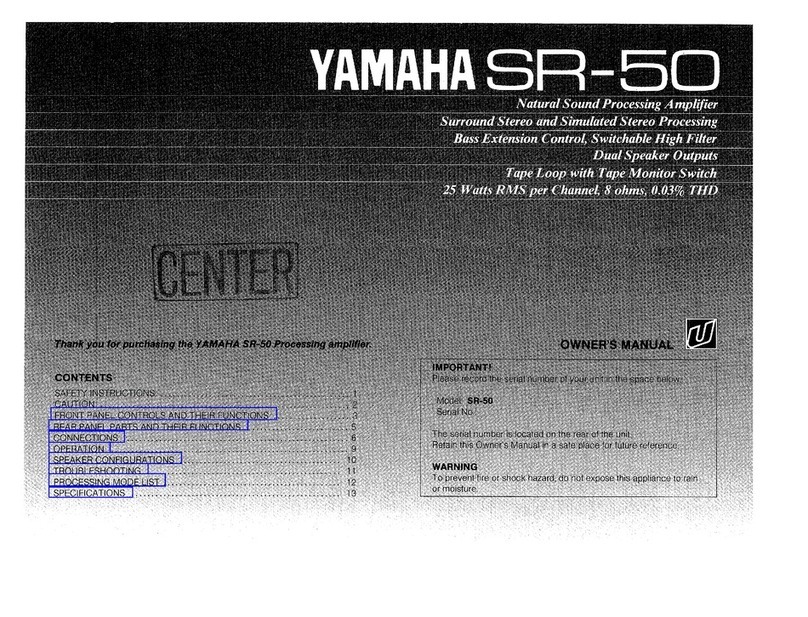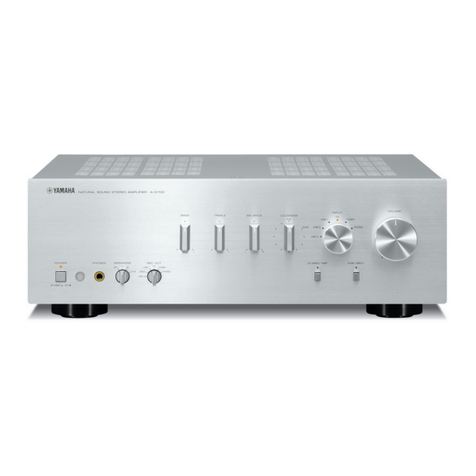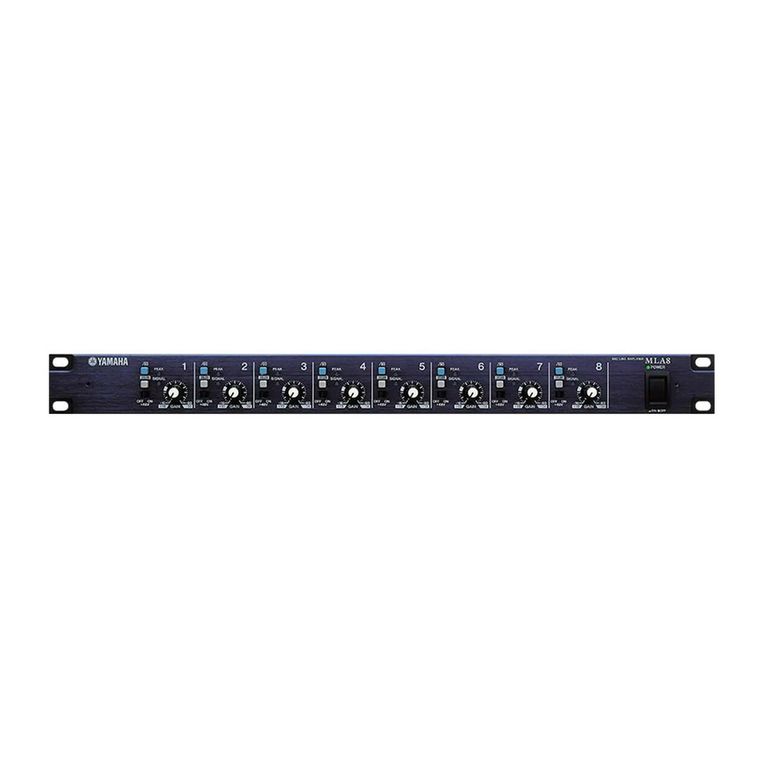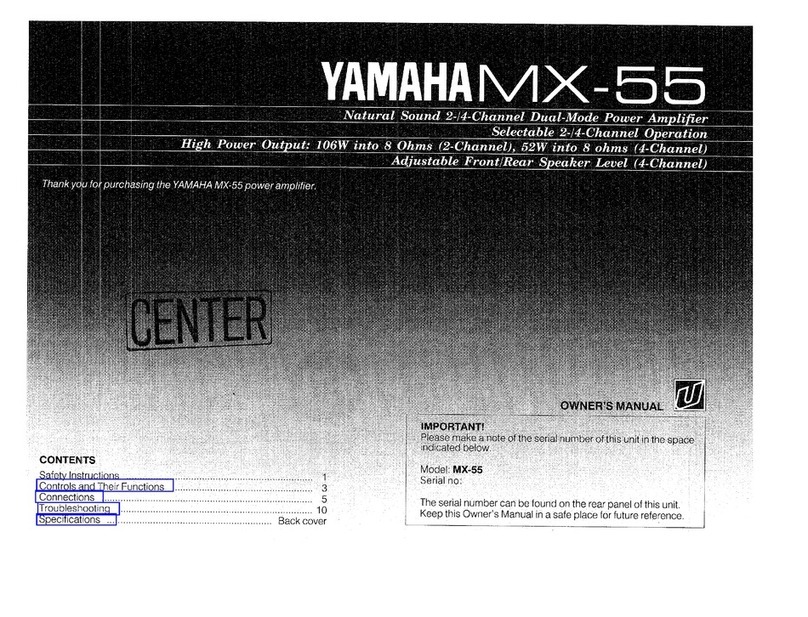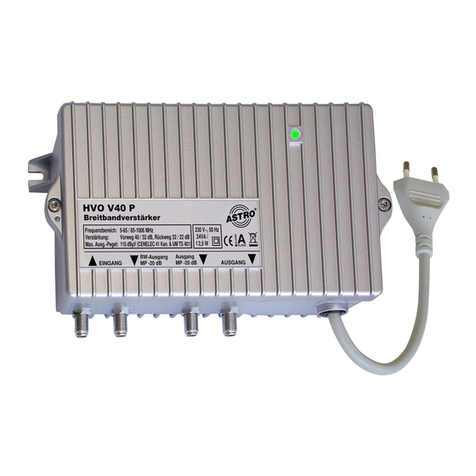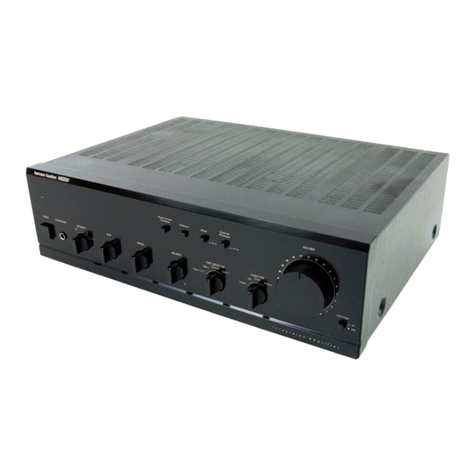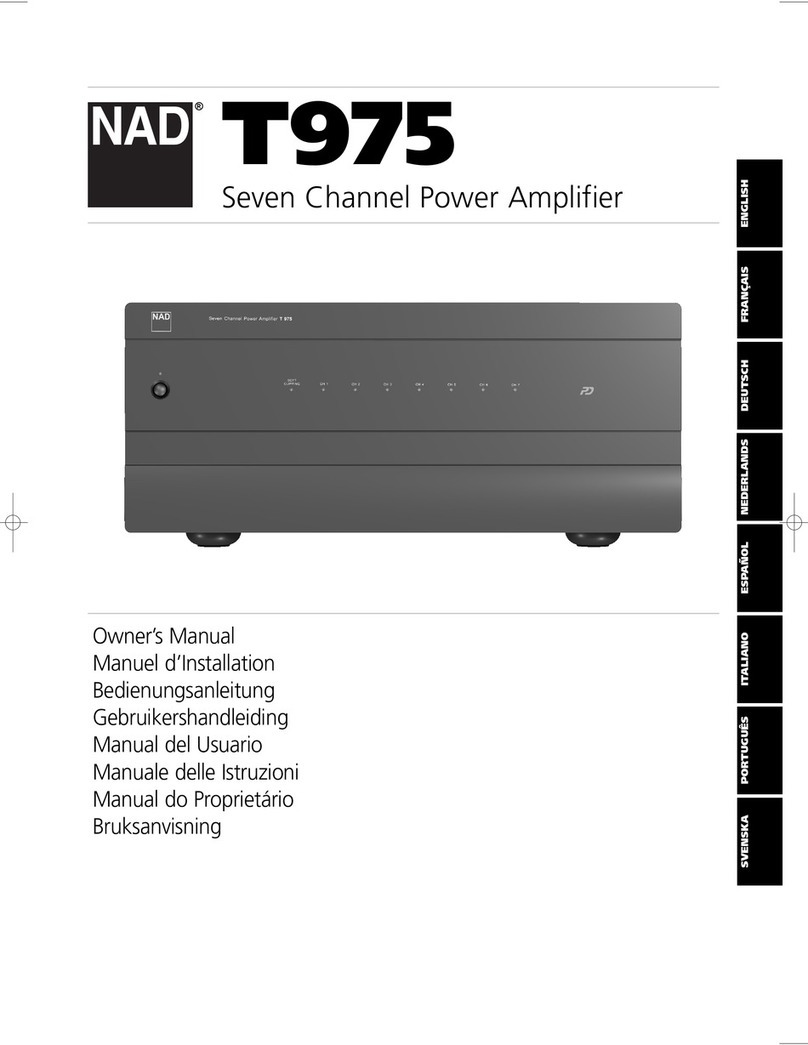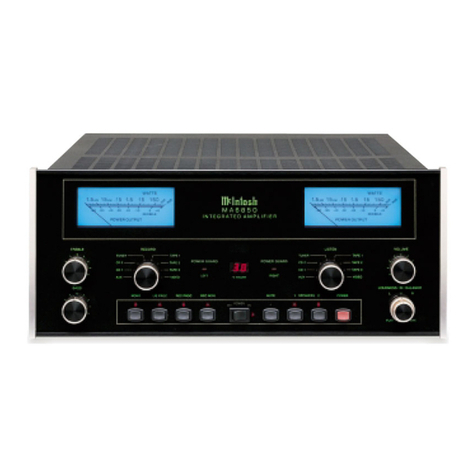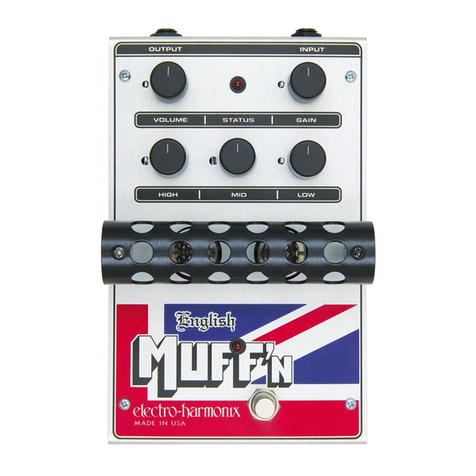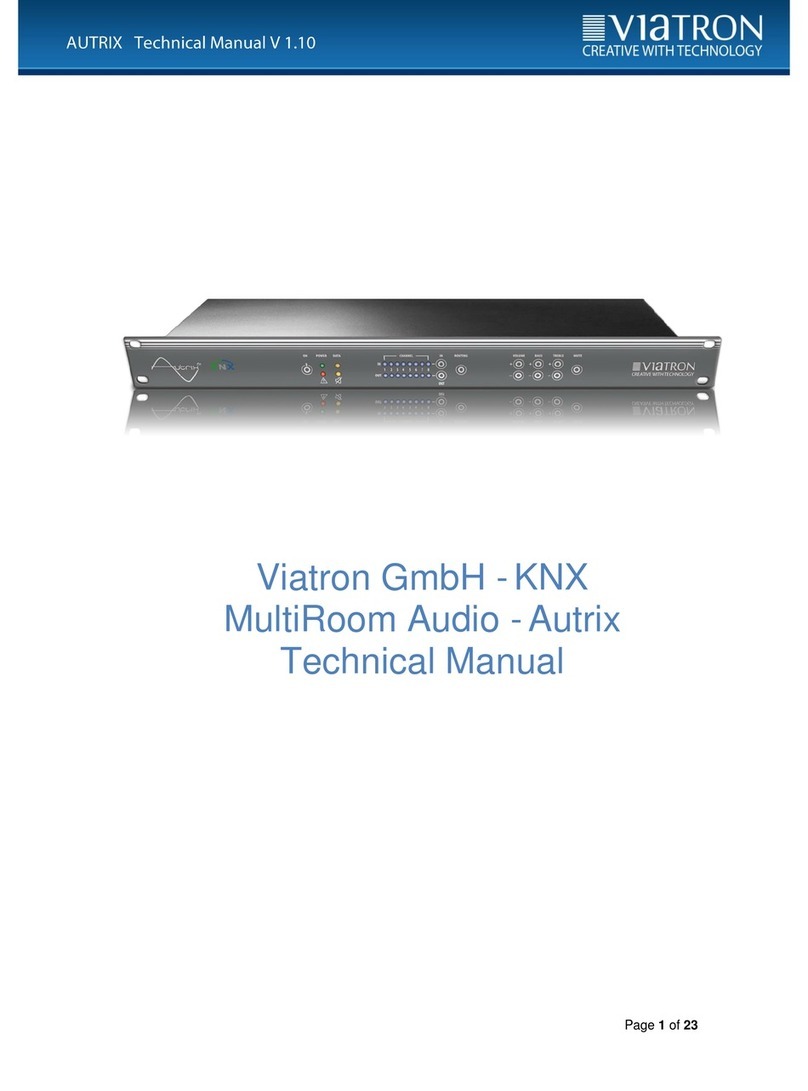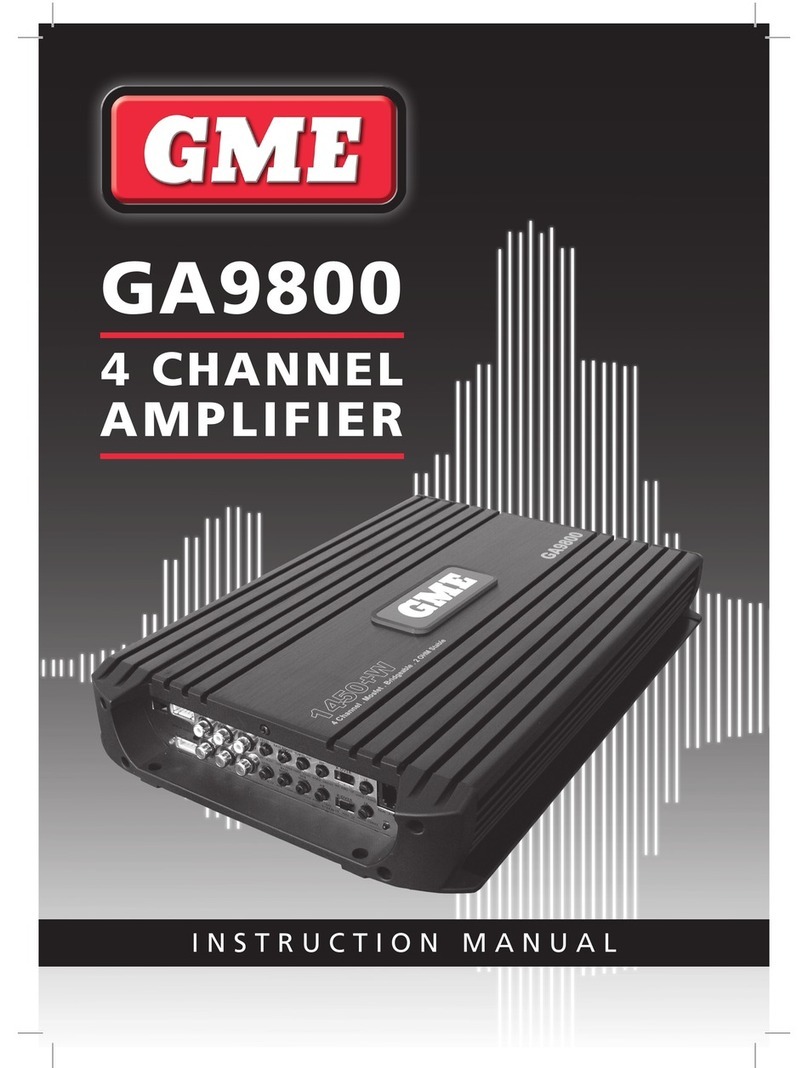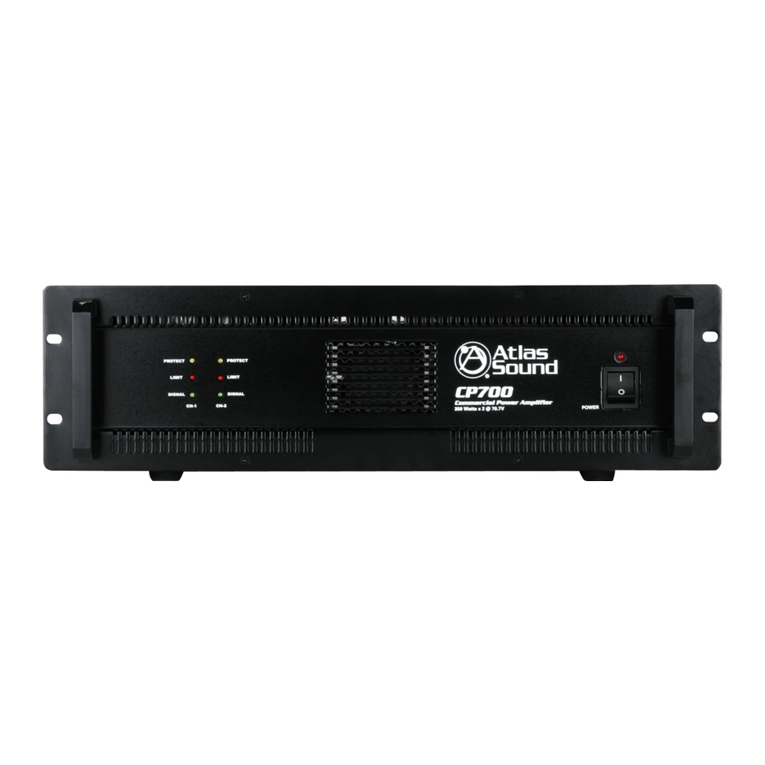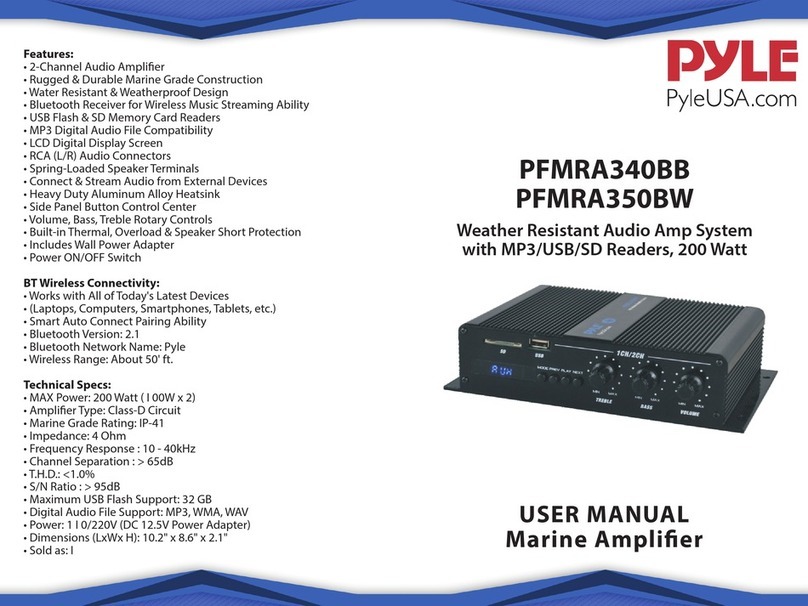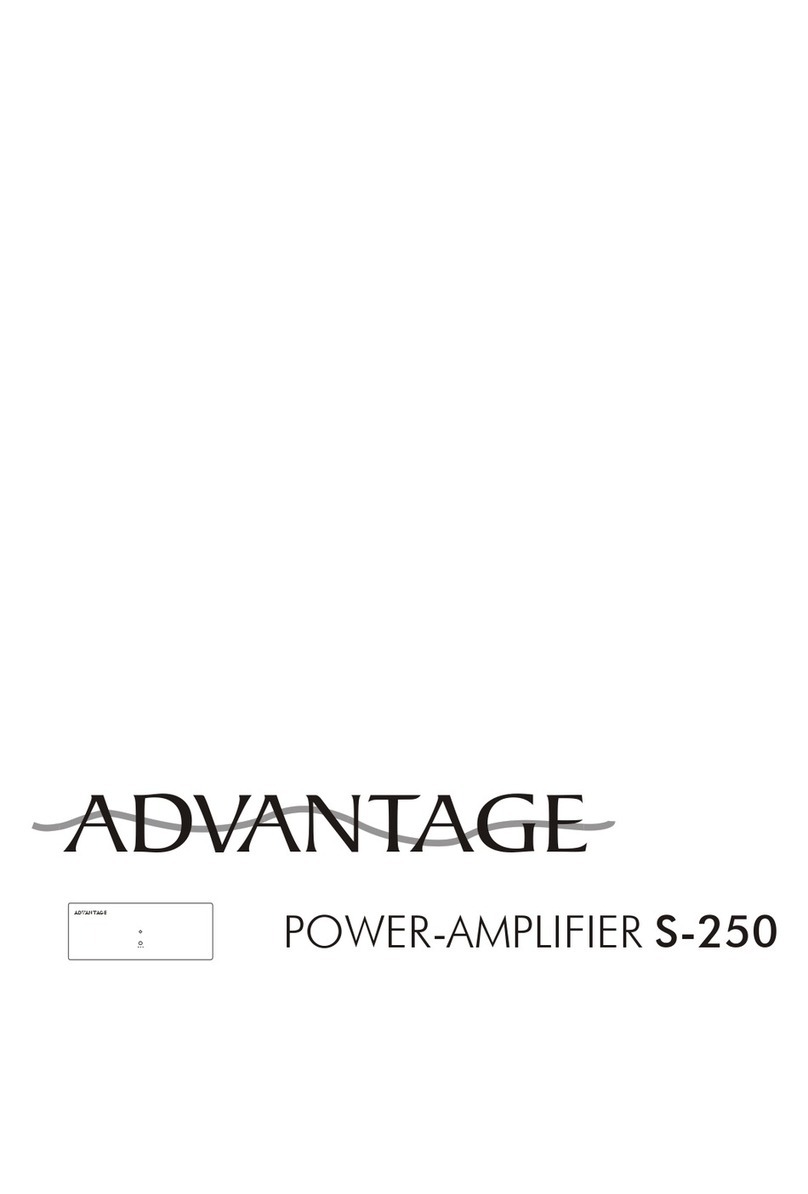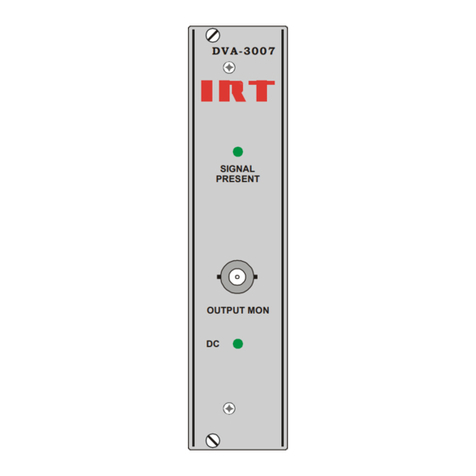Connect the tuner outpLrt terminals to the
CA 4'10 tuner input jack sockets using the pin'plug
cable provided. lVake su.e that the left- and
riqht hand outputs are connected to the proper
Input socKetS.
To enjoy tuner audition, turn tl're INPUT
SELECTOR switch to TUNER, and operate the
tuner to receiver F lVl or AM broadcasts. lf your
tuner generates noticeable hiss noise (particularly
when liqlening 1o slereo broadcasTs),1he I RFBLF
control may be turned down slightly to reduce it.
lf your tuner is provided with output level
adjustment, use this control so that there is no
signi{icant change in listening volume when switch-
ing the INPUT SELECTOR belween the TUNER
and PHONO settings.
This input doubles as a spare for anv stereo
source, being suitable for nominal 150 mV
inpuls (the same as the TUNER and TAPE A
inputs), and as a second TAPE playback input. Use
it for Hi-Fi reproduction of TV sound, for B track
stereo cartridge tapes, for short-wave radio repro'
duction (although this will never give Hi-Fi re-
sults), or for high output level PHONO cartridges
(ceramic or other types - your dealer willadvise).
Alternatively, use it to play back tapes from a
second or 'B' reel to-reel or cassette tape deck,
particularly any that you may want to record on
your main, 'A,' deck. Note, however, that these
terminals cannot be used for recording, bu| ortly
{or playback of the tape to be (ecotcled.
Two tape decks, A and B, can be connected to
the CA'410 at tlre same time. Your main deck
should be connected to the TAPE A and REC
OUT terminals, and any second deck to the
AUX/TAPE B input terminals for playback. Play-
back will be possible Trom A and B, copying from
B to A, and recordrng on A only. At any time you
can listen to sources you are not recording, and if
Vou have a three head deck, you will be able to
monitor recordings.
Usinq standard pin plug cables, connect the
LIN E OUTPUT terminals on your'A'tape deck to
the TAPE A terminals, and the LINE INPUT
terminals on the tape deck to the REC OUT
ierminals. Be careJul to connect left and right-
hand channels correctly- Connect the LINE OUT-
PUT terminals on your 'B' tape deck to the
AUX/TAPE B termina ls.
Only LINE INPUT and OUTPUT pin-jack
conneclions are shown, but where the DIN REC/
PB connector sockets are provided (on models for
Europe), they may be used instead in the same
way, wilh the one DIN plug replacing all Tour pin
plugs.
To enjoy tape audilion, set the INPUT
SELECTOR to TAPE A (or TAPE B/AUX as the
case may be), and operate your tape recorder for
playback. All tone and other controls on the
CA 410 can be used to give the most acceptable
tonal balance.
To make a tape recording on deck A, set the
REC OUT SELECTOR to the program source you
wish to record. Recording will then be possible on
deck A. To dub (that is copy) a recording from
tape deck B to deck A. set the REC OUT
SELECTOR to TAPE COPY B/AUX > A. The
signal played back from B will be recordable on A.
It is not possible to dub from deck A to deck B.
Tone and other controls have no effect upon
the signal being recorded. Corrections to tonal
balance, etc., must be made during playbâck.
lo

